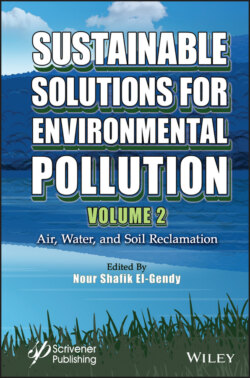Читать книгу Sustainable Solutions for Environmental Pollution, Volume 2 - Группа авторов - Страница 25
1.7.1 Phytoremediation Techniques
ОглавлениеPhytoremediation encompasses many phyto-techniques and processes involving macrophytes and the associated phytobiome. Depending on the main process involved, we will refer to phyto-degradation/phyto-transformation, phyto-stabilization/phyto-sequestration, phyto-accumulation/phyto-extraction, phytovolatilization, and rhizo-filtratio/phyto-filtration (Figure 1.5).
Figure 1.5 Various processes involved in phytoremediation of contaminants in aquatic environment interpreted from Ansari et al. (2020).
In aquatic systems, macrophytes promote the oxygenation of sediment and favour purification processes by enhancing and diversifying microbial activities through its rhizosphere. Moreover, various parts in macrophytes hyper-accumulate contaminants by absorption (phytoextraction) (Rulkens et al., 1998). Some macrophytes have the ability to consume and volatilize the contaminants directly into the atmosphere through the leaves. Phyto-volatilization process is cost effective in elimination contaminants from soils, groundwater, residues, and sludge (Girdhar et al., 2014). Rhizo-filtration involves adsorption and precipitation of the metal contaminants into the growth substrate surrounding the root zone. Moreover, macrophytes are in constant interaction with their phytobiome: their roots secrete specific exudates and compounds, which attract some specific microbial communities, and develop a thick coating or biofilm around them (rhizosphere). Because of its various physical- chemical conditions, creating various microbial growth niches, the rhizosphere accommodates various microbial consortia, and it can, even in surrounding aerobic conditions, host some anaerobic consortia, such as denitrifying, sulfate-reducing, and methanotrophic bacteria (Shahid et al., 2020b).
